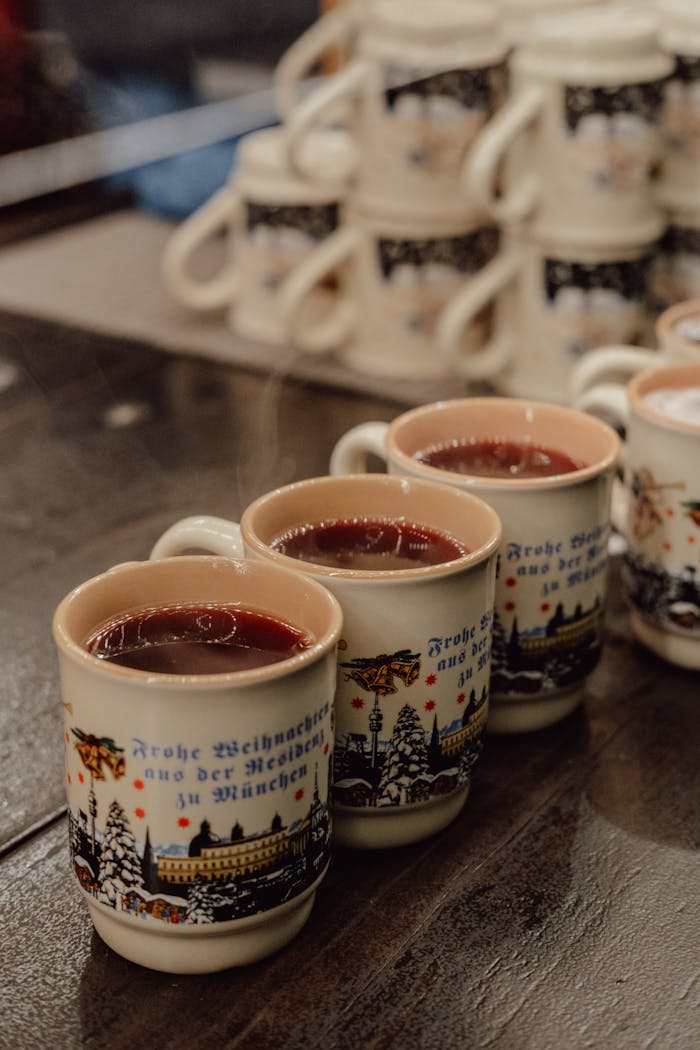The ceramic cup industry is experiencing a renaissance in the 21st century, driven by shifting consumer preferences, technological advancements, and a growing emphasis on sustainability. Once seen as a traditional, unchanging product, ceramic cups are now at the forefront of innovation and market demand. Let’s explore the trends shaping this sector and the opportunities they present.
Sustainability as a Driving Force
One of the biggest factors boosting ceramic cups today is the global push for eco-friendly alternatives. With single-use plastics under scrutiny, consumers are turning to reusable options, and ceramic cups fit the bill perfectly. Unlike plastic, ceramics are free of harmful chemicals like BPA, and their longevity—often lasting years with proper care—makes them a sustainable choice. Brands are capitalizing on this by marketing ceramic cups as green lifestyle products, appealing to environmentally conscious buyers.
Customization and Personalization
Another major trend is the rise of personalized ceramic cups. Advances in printing technology, such as digital ceramic printing and laser etching, allow companies to offer bespoke designs at scale. From monogrammed mugs to corporate-branded giveaways, customization is a booming niche. Small businesses and artisans are also thriving on platforms like Etsy, where handmade, one-of-a-kind ceramic cups attract buyers seeking unique, meaningful items over mass-produced goods.
Design Innovation
Modern ceramic cups are shedding their utilitarian image with bold new aesthetics. Minimalist Scandinavian-inspired designs with clean lines and neutral tones dominate the premium market, while vibrant, hand-painted patterns appeal to those wanting a pop of personality. Functionality is evolving too—think double-walled ceramic cups for insulation or stackable designs for space-saving storage. These innovations keep ceramic cups competitive against stainless steel tumblers and glassware.
Market Dynamics
The global ceramic tableware market, which includes cups, was valued at over $10 billion in recent years and is projected to grow steadily, driven by demand in both household and commercial sectors (e.g., cafes and offices). North America and Europe remain key markets, but Asia-Pacific is emerging as a hotspot due to rising disposable incomes and a strong cultural affinity for ceramics. Online retail has further fueled growth, with e-commerce making it easier for niche brands to reach global audiences.
Challenges and Opportunities
Despite its strengths, the ceramic cup industry faces challenges. Production costs can be high due to energy-intensive firing processes, and competition from cheaper plastic or metal alternatives persists. However, these hurdles also create opportunities—companies that invest in energy-efficient kilns or market their products’ durability and eco-benefits can stand out. For businesses like those in the ceramic cup trade, focusing on quality, storytelling, and customer engagement will be key to thriving in this dynamic market.
The Future of Ceramic Cups
As consumers prioritize sustainability, individuality, and craftsmanship, ceramic cups are poised for continued relevance. Whether it’s a mass-produced mug or a hand-thrown artisanal piece, the appeal of ceramics lies in their ability to blend tradition with modernity—a timeless quality that ensures their place in our cupboards and our lives.


